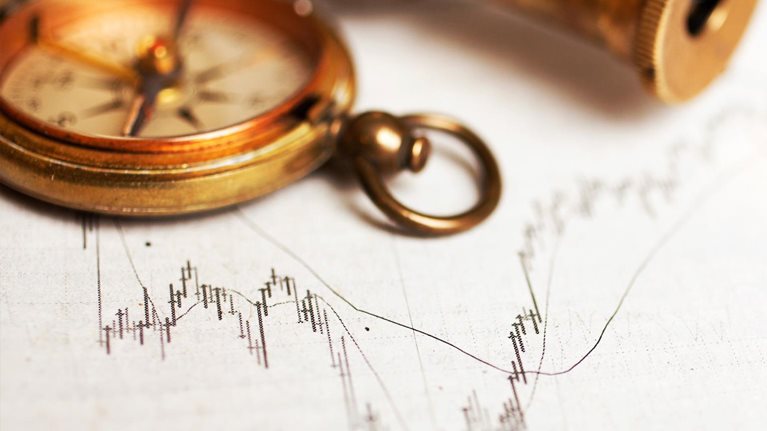Corporate short-termism has been the subject of ongoing debate among leaders in business, government, and academia for more than 30 years, but hard evidence that short-termism genuinely detracts from company performance and economic growth has remained scarce. To fill this gap and better understand capitalism for the long term, we have created a systematic measurement of long- and short-termism at the company level. Our findings show that companies we classify as “long term” outperform their shorter-term peers on a range of key economic and financial metrics (exhibit).

Our five-factor Corporate Horizon Index uses a data set of 615 large and mid-cap US publicly listed companies from 2001 to 2015 and is based on patterns of investment, growth, earnings quality, and earnings management. It enables us to separate long-term companies from others and to compare their relative performance, after controlling for industry characteristics and company size.
Would you like to learn more about the McKinsey Global Institute?
We’ve drawn several findings from this index:
- From 2001 to 2014, the revenue of long-term firms cumulatively grew on average 47 percent more than the revenue of other firms, and with less volatility. Cumulatively the earnings of long-term firms grew 36 percent more on average over this period than those of other firms, and their economic profit grew 81 percent more on average.
- Long-term firms invested more than other firms from 2001 to 2014. Although they started this period with slightly lower research-and-development spending, cumulatively by 2014, long-term companies on average spent almost 50 percent more on R&D than other companies. More important, they continued to increase their R&D spending during the financial crisis, while other companies cut R&D expenditure; from 2007 to 2014, R&D spending for long-term companies grew at an annualized rate of 8.5 percent versus 3.7 percent for other companies.
- Long-term companies exhibit stronger financial performance over time. On average, their market capitalization grew $7 billion more than that of other firms between 2001 and 2014. Their total return to shareholders was also superior, with a 50 percent greater likelihood that they would be in the top decile or top quartile by 2014. Although long-term firms took bigger hits to their market capitalization during the financial crisis than other firms, their share prices recovered more quickly after the crisis.
- Long-term firms added nearly 12,000 more jobs on average than other firms from 2001 to 2015. Had all firms created as many jobs as the long-term firms, the US economy would have added more than five million additional jobs over this period. On the basis of this potential job creation, this suggests, on a preliminary basis, that the potential value unlocked by companies taking a longer-term approach was worth more than $1 trillion in forgone US GDP over the last decade; if these trends continue, it could be worth nearly $3 trillion through 2025.
Would you like to learn more about Corporate Performance Analytics?
Download the full report on which this article is based, Measuring the economic impact of short-termism (PDF–258KB). For more on this topic, see “Finally, proof that managing for the long term pays off,” on HBR.org.


